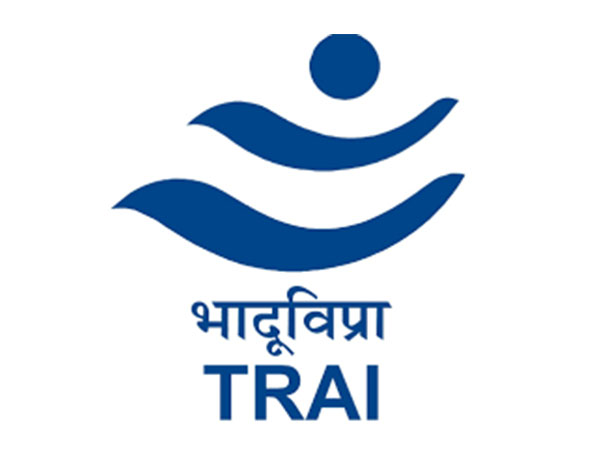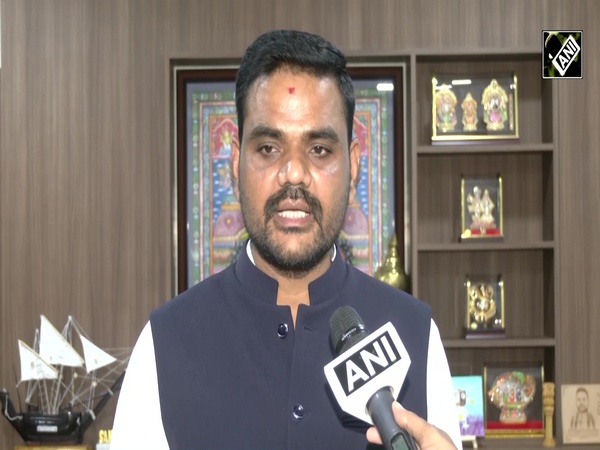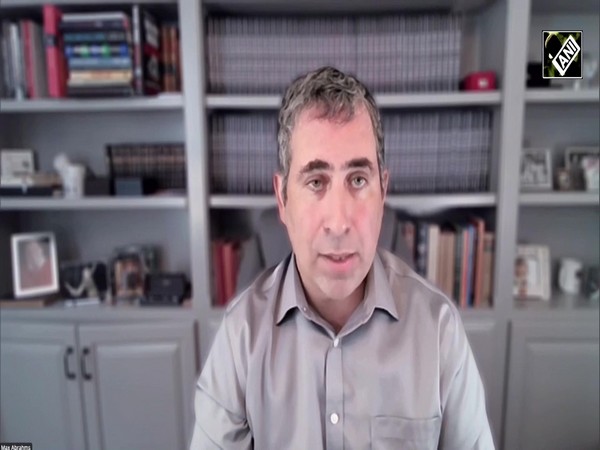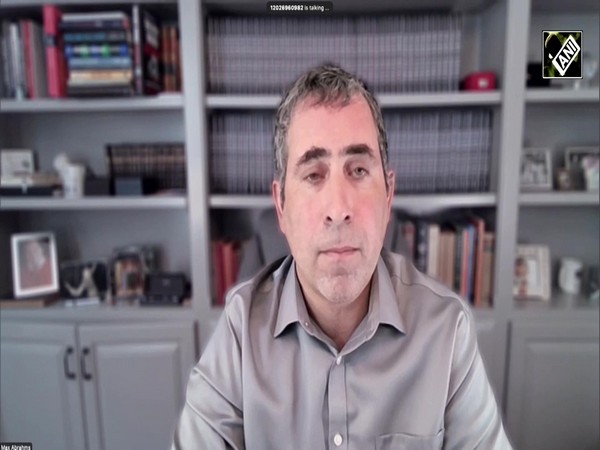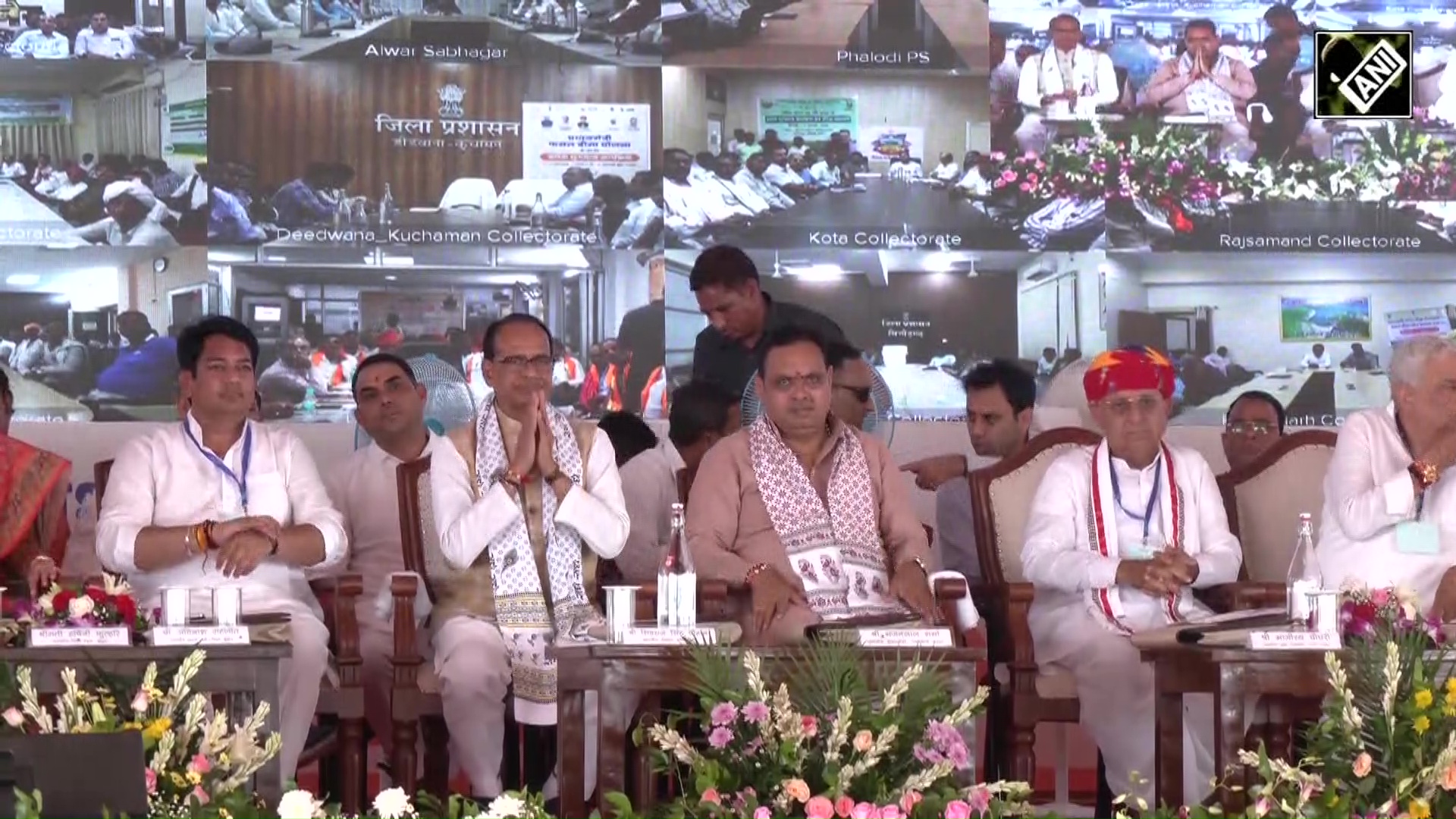Aster DM Healthcare shares critical insights to aid medical fraternity in managing the pandemic
Aug 21, 2020

Dubai [UAE] Aug 21 (ANI/BusinessWire India): Aster DM Healthcare has released a Clinical Excellence Whitepaper entitled Aster DM Healthcare COVID-19 Surge: Effective Strategic Clinical Interventions that share the organization's COVID-19 journey, starting with risk assessment and monitoring as early as January 2020 even before COVID-19 was declared a pandemic, to setting up necessary medical protocols and continuous adaptation as per latest guidelines, to successful adoption and implementation of clinical strategies, flexibility in adoption of latest technology and measures to deliver care and learnings from experience in implementing the latest treatment measures.
The detailed paper launched by Dr Azad Moopen, Founder Chairman and Managing Director of Aster DM Healthcare and Dr Malathi Arshanapalai - Group Chief Medical and Quality Officer to healthcare professionals and industry thought leaders via a global webinar, presents an in-depth study at how healthcare providers can rapidly revise traditional approaches to establish best practices and swift response protocols in order to adapt to challenging environments, like that created by the pandemic.
It also lays out a roadmap for continued clinical and operational excellence in the 'new normal' post-COVID-19.
"We are proud of the compilation of the Clinical Whitepaper which highlights successful strategies adopted by Aster DM Healthcare to manage the COVID-19 pandemic across GCC countries. The paper gives an insight into the critical learning outcomes that aided us to successfully contain and control the pandemic in cities, like Dubai, in association with the Health Authorities, with a very low mortality rate of less than one per cent amongst admitted patients. With the world still within the midst of the pandemic, we hope that this Whitepaper will help the medical fraternity in combating this formidable foe. I am exceptionally proud of our medical teams, who recognized, very early, the need to rapidly adapt our existing systems to tackle the hitherto unknown virus. I place on record, an appreciation for the phenomenal work that has been done by our frontline soldiers - the doctors, nurses, paramedics and support staff, along with clinical affairs, infection control and quality teams, whose efforts saved many lives and served so many others," said Dr Azad Moopen on the occasion.
"The success of our strategic clinical interventions can be attributed to a few critical factors like early risk assessment and corresponding strategy to mitigate them, key measures to combat the spread across our network and facilities considering people, clinical and operational safety and excellence, effective resource and critical care management, and mass screenings and community initiatives. All combined we have a battle plan which can be easily implemented if the COVID-19 surge arises again and by any organization at the forefront of managing the pandemic," said Dr Malathi A, Author of the Whitepaper.
A few critical learnings from the Whitepaper as below -
* A patient admitted to the ICU will have a prolonged stay and complications may arise. Clinical conditions and the negative viral test may not always correlate. The negative viral test can be associated with a decline in clinical profile, coagulation & ventilator status.
* Silent Hypoxemia: Many patients present with low Levels of PaO2 and SpO2 without clinical signs, symptoms, or visible distress.
* A small percentage of patients will experience improved conditions with Non-invasive ventilation
* Endotracheal tube gets blocked frequently blocked on mechanical ventilation. Heparin nebulization decreases ET tube blocks
* ln patients admitted to ICU have very high levels of D dimers, Ferritin, CRP. Direct correlation noticed these lab levels and the disease
* Low dose of Hydrocortisone in patients with ARDS showed a small improvement in oxygenation. Using a prone position also helped
* Lung ultrasound as a useful tool in critical care
* Even after the inflammatory markers are lowering, the lung damage might still take time to improve
This story is provided by BusinessWire India. ANI will not be responsible in any way for the content of this article. (ANI/BusinessWire India)

